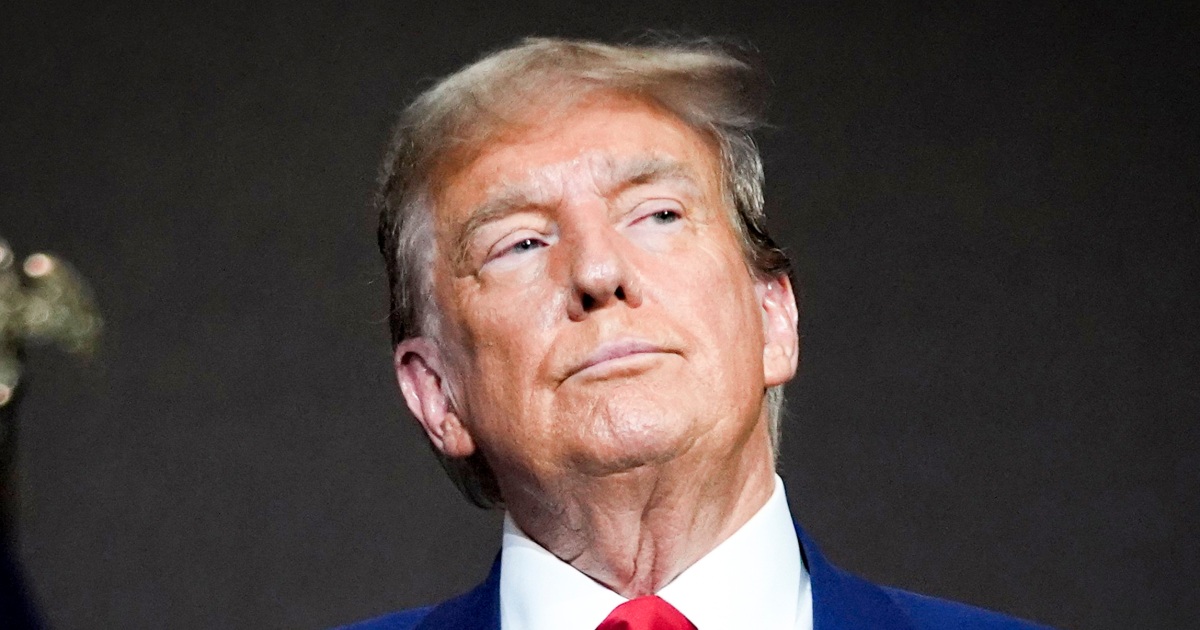Icon: enlarge
Medics in an intensive care unit in Wuhan in February 2020: Bad technology
Photo: Barcroft Media via Getty Images
Shortly after the outbreak of the corona virus in the metropolis of Wuhan, there were doubts about China's statistics on the spread of the pathogen.
Now the broadcaster CNN reports on confidential documents that it claims to have available and that suggest that the authorities in China have collected a large amount of data, but only part of it has found its way into the public.
In addition, around 200 "confirmed" and "clinically diagnosed" cases are given in a diagram for 2019.
However, by January 3, 2020, Chinese authorities reported only 44 cases of "lung disease of unknown origin" to the World Health Organization (WHO).
This could have meant that the outbreak was initially underestimated.
According to CNN, experts have checked 117 pages of confidential documents from the health authority in Hubei Province, which is also located in Wuhan, for authenticity.
The papers include information from October 2019 to April 2020.
Problematic case definition
This also shows how much China's unusual case definition affected the official statistics in the first few months of 2020.
The vast majority of those infected and sick worldwide registered at that time were still in China.
For example, official agencies in Hubei reported
3,911 newly confirmed cases
on February 10
.
2094 of these are "confirmed".
These are probably people who both had symptoms of the new lung disease and who tested positive.
In addition, there are "suspected cases" in 1814.
In the internal documents, however, according to CNN, a total of
5918 cases are
noted
for the day
, more than 50 percent more than officially stated.
These include 2345 "confirmed cases" and 1796 "suspected cases".
A further 1,772 people were also "clinically diagnosed" that day, for example with the help of CT scans, but were apparently not considered as cases in the official information.
The figures that China officially released were calculated conservatively, said Yanzhong Huang of the Think Tank Council on Foreign Relations.
"That reflects how confusing, complex and chaotic the situation was."
International criticism
China's case definition was also criticized internationally at the beginning of the year.
Initially, only those who tested positive and had symptoms were counted as cases.
From February 12, all people with clinical symptoms were briefly considered cases, whereupon the numbers shot up massively.
So the authorities went back to the first variant.
On March 7th, only 83 new cases were publicly reported.
According to the internal document, there were 115. 32 people with positive test results were therefore not included in the externally communicated statistics - probably because they had no symptoms.
Only since the beginning of April has China counted all people who tested positive as a case (read more here).
There are also significant deviations in the death statistics.
On February 17, authorities officially reported 93 deaths related to Sars-CoV-2 that day.
According to CNN, 196 are mentioned in the internal documents.
Problems with tests, poorly equipped authority
According to the report, the documents also show that there were massive problems with the tests used in China at the beginning.
Repeated testing of samples has shown that problems previously classified as negative were largely positive, according to a January document.
In the first few months of the outbreak, according to CNN, it took a good 23 days for cases to be included in the official statistics after the onset of symptoms.
Accordingly, the internal documents characterize the health authority as underfunded and technically poorly equipped.
The employees are unmotivated because they often feel ignored in China's huge bureaucracy.
"It was clear that China made mistakes - and not only mistakes that occur when dealing with a new type of virus, but also bureaucratic and politically motivated ones," said Huang.
But a lack of technology has also caused problems.
"Even if China had been 100 percent transparent, that would probably not have prevented the pandemic."
WHO group to investigate the origin of the virus
Even in the later course of the pandemic, there was repeated criticism of China's handling of the virus outbreak.
In March, for example, the WHO published a report according to which the country only provided details of the first cases at the end of 2019 after repeated requests.
The organization is currently also planning to send experts to the country to look for evidence of the thesis that the virus jumped from wild animals to humans in a market in Wuhan.
So far, however, the Chinese leadership has not allowed any foreign experts into the country.
Instead, official bodies in China are spreading the theory that the virus could have reached Wuhan through frozen food imported from abroad (read more here).
Chinese authorities nevertheless assure that the pandemic is always handled transparently.
Icon: The mirror
jme













